EU's New Battery Method Carbon Footprint Accounting Draft Officially Released
According to the official website of the European Union, a few days ago, in order to support the EU battery and waste battery law electric vehicle battery according to the requirements of the carbon footprint statement, the European Union has issued a second-level supporting bill-the authorization bill for establishing the accounting and verification methods of electric vehicle battery carbon footprint and the draft for the implementation of the bill for establishing the declaration format of battery carbon footprint, to guide relevant enterprises to carry out carbon footprint accounting and carbon footprint declaration of electric vehicle batteries.
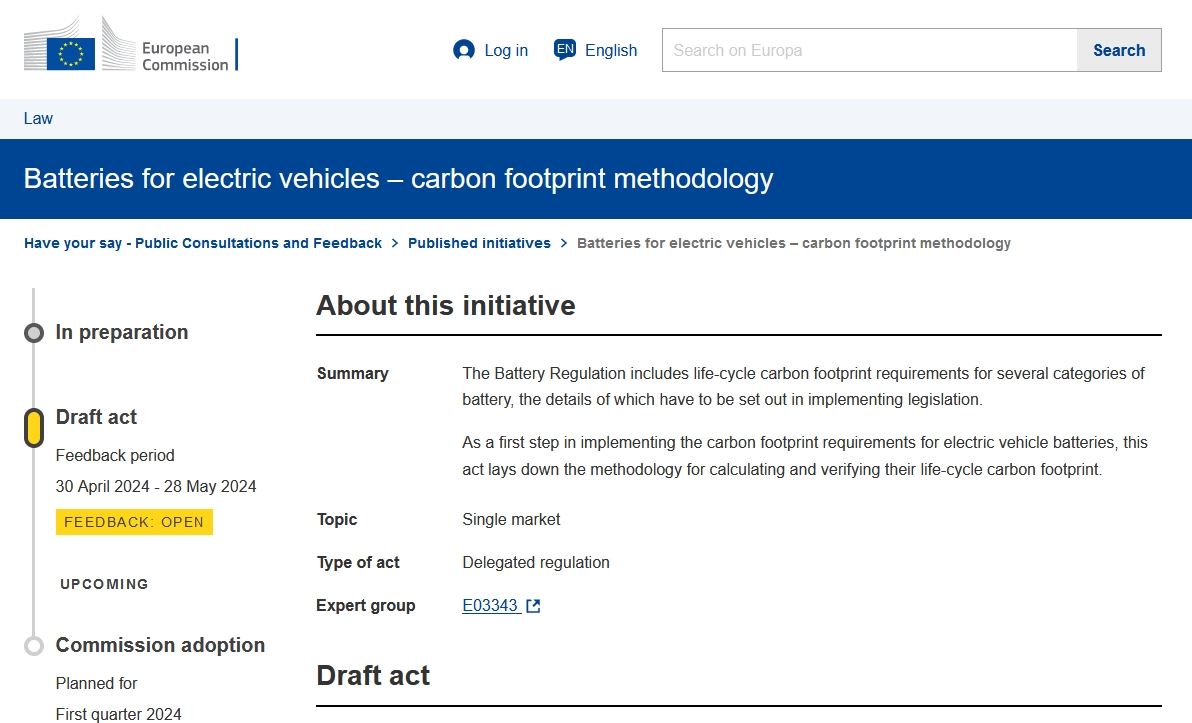
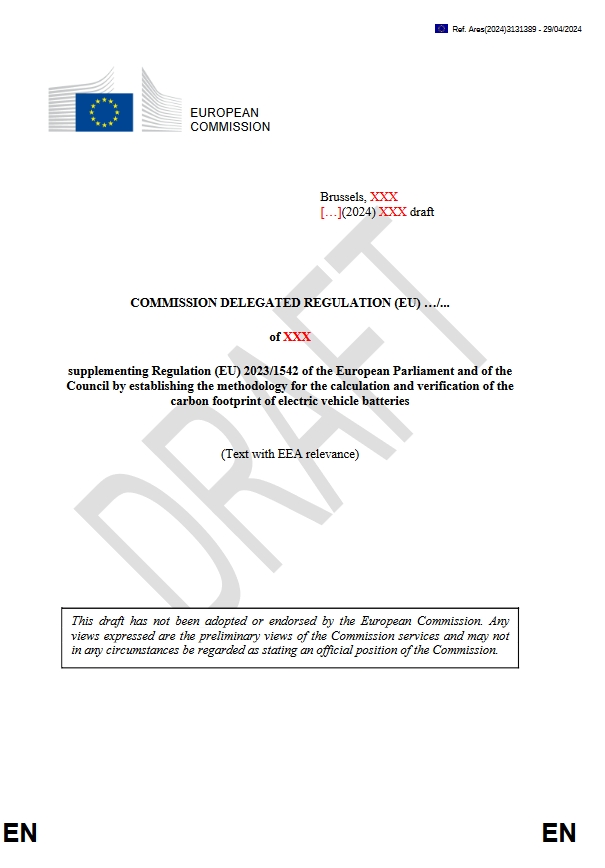

Judging from the release time, the release time of the supporting Bill is later than the European Union's expected February 18, 2024. According to the regulations on the effective time of the Declaration of carbon footprint of electric vehicle batteries, the effective time of the Declaration of carbon footprint of electric vehicle batteries is later than the expected February 18, 2025, and the declaration is changed to the authorization act or implementation.12 months after the bill takes effect, it is estimated that it will take effect in the second half of 2025.
From the release content, the bill follows the overall framework of the draft "accounting method for carbon footprint of electric vehicle batteries (CFB-EV)" issued by the European Union Joint Research Center (JRC) in June 2023. However, considering factors such as administrative cost and implementation process, there are certain gaps in total energy calculation, data collection, power modeling, etc. The key contents are as follows:
the calculation method of total energy no longer distinguishes batteries by vehicle type
the functional unit is 1kWh of the total energy provided by the lifecycle. The calculation method of total energy no longer distinguishes light electric vehicle batteries, motorcycle electric vehicle (L-type) batteries, medium and heavy electric vehicle batteries, other electric vehicle batteries and other types, which are unified into initial available energy of batteries, the product of the equivalent number of annual full charge and discharge and the number of years of operation.
Company-specific data should be provided during the distribution phase and the accounting scope should be expanded.
On the one hand, data collection and modeling in the distribution stage should be carried out in accordance with the mandatory company-specific process, including the company's pending data input such as transportation distance and transportation mode. On the other hand, the carbon emission accounting range in the distribution stage specified in CFB-EV is the transportation process between the battery manufacturer and the OEM manufacturer responsible for assembling the battery on the vehicle. However, this draft stipulates the accounting scope of the distribution stage as the transportation process between the battery manufacturers and the EU market, which means that even if our vehicles are exported to the EU after the battery assembly is completed in China, it is still necessary to calculate the carbon emissions generated by international shipping, which will increase the carbon footprint of China's battery products and further weaken the competitiveness of China's battery products.
only two power models, direct connection and national average power consumption combination, are retained.
The draft retains only two power modeling methods, namely the direct connection model and the national average power consumption combination model, which are equivalent to the first and fourth power models in the CFB-EV draft issued by JRC, the second-specific supplier Power product model and the third-remaining consumption combination model have not been adopted, indicating that the corresponding green power carbon emission factor cannot be used and the product carbon emission reduction cannot be realized by signing the green power purchase agreement.
EOL stage accounting method still adopts EU circular footprint formula (CFF)
consistent with CFB-EV, the draft adopts the cyclic footprint formula (CFF) to calculate carbon emissions in EOL stage, and gives the default values of relevant parameters. This method traces the carbon emissions of some primary materials when calculating the carbon emissions of circulating materials, which will have adverse effects on the emission reduction potential of circulating materials in China.
 Dongguan Juneng New Energy Technology Co., Ltd.
Dongguan Juneng New Energy Technology Co., Ltd.
 137 5142 6524(Miss Gao)
137 5142 6524(Miss Gao)
 susiegao@power-ing.com
susiegao@power-ing.com
 Xinghuiyuan High tech Industrial Park, Dalang Town, Dongguan City, Guangdong Province
Xinghuiyuan High tech Industrial Park, Dalang Town, Dongguan City, Guangdong Province


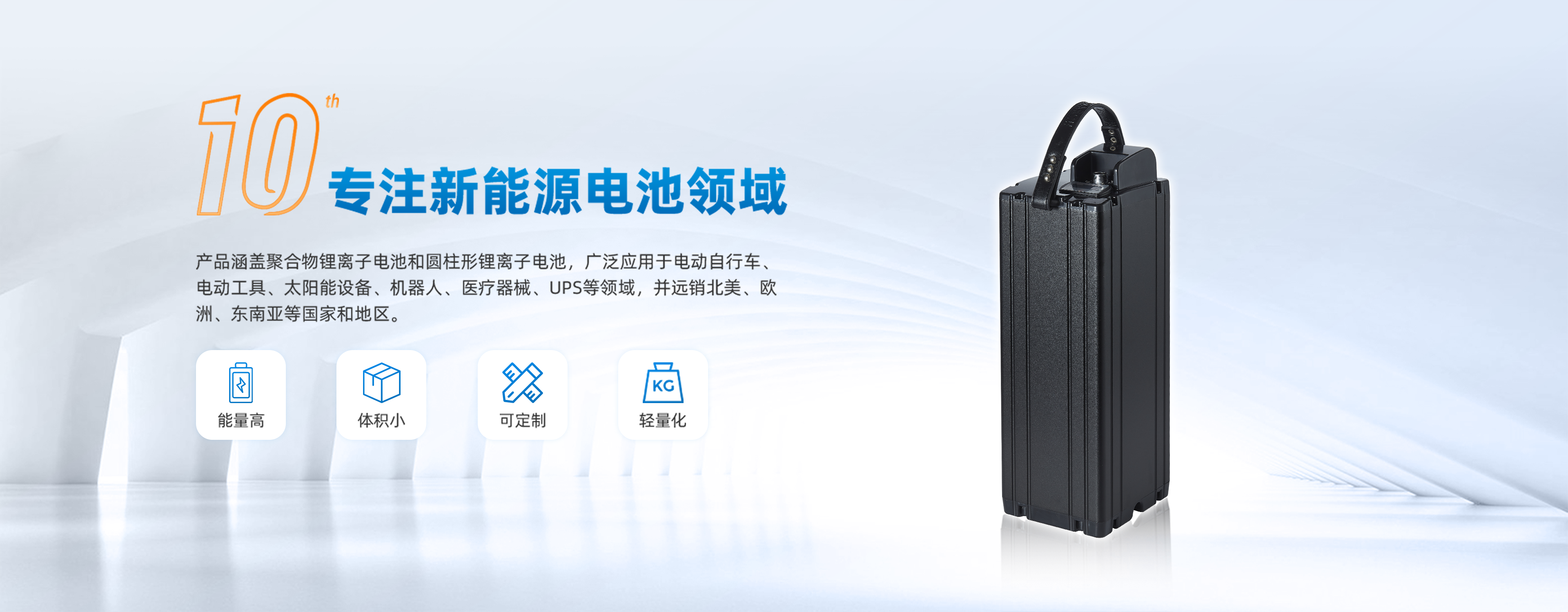
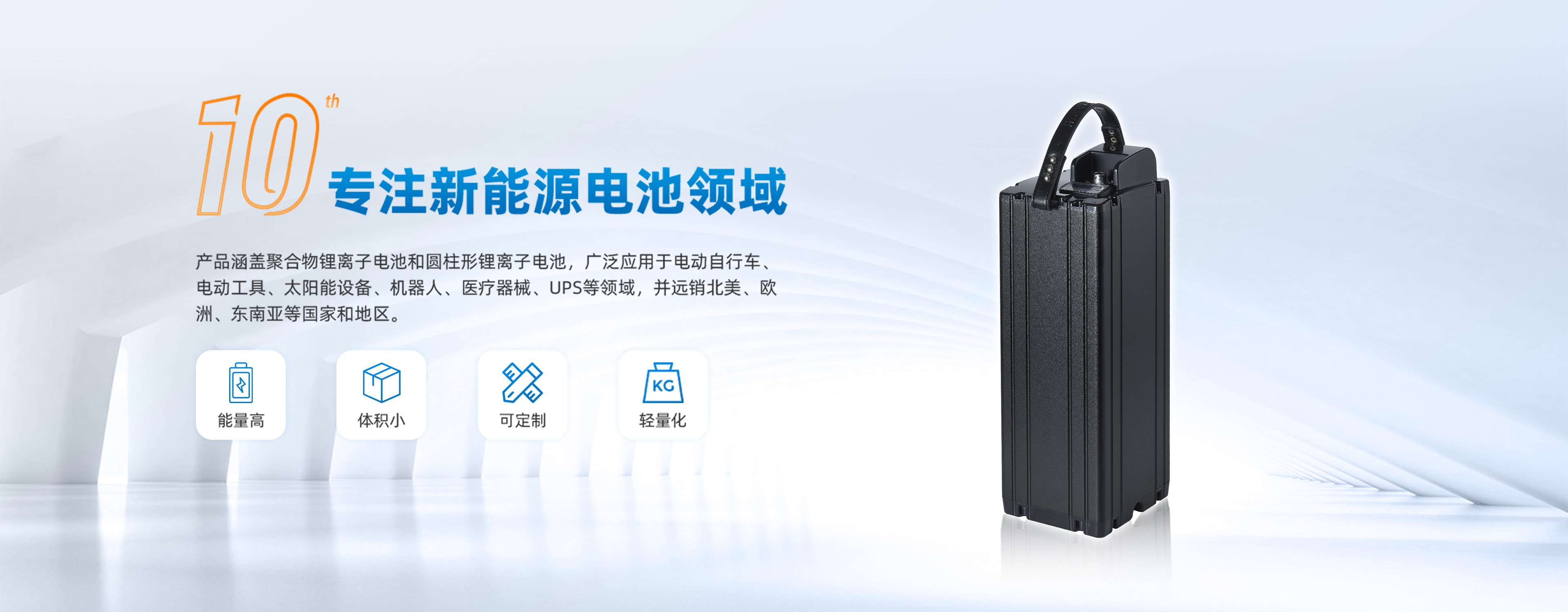
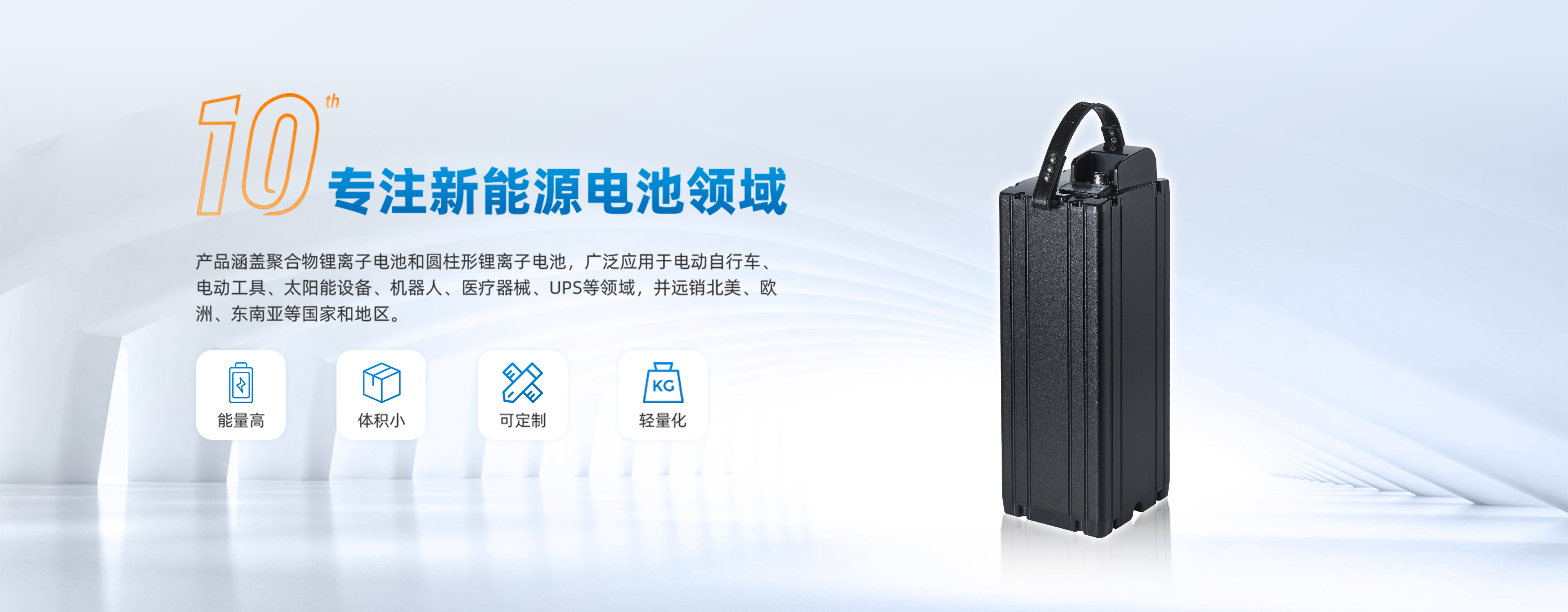



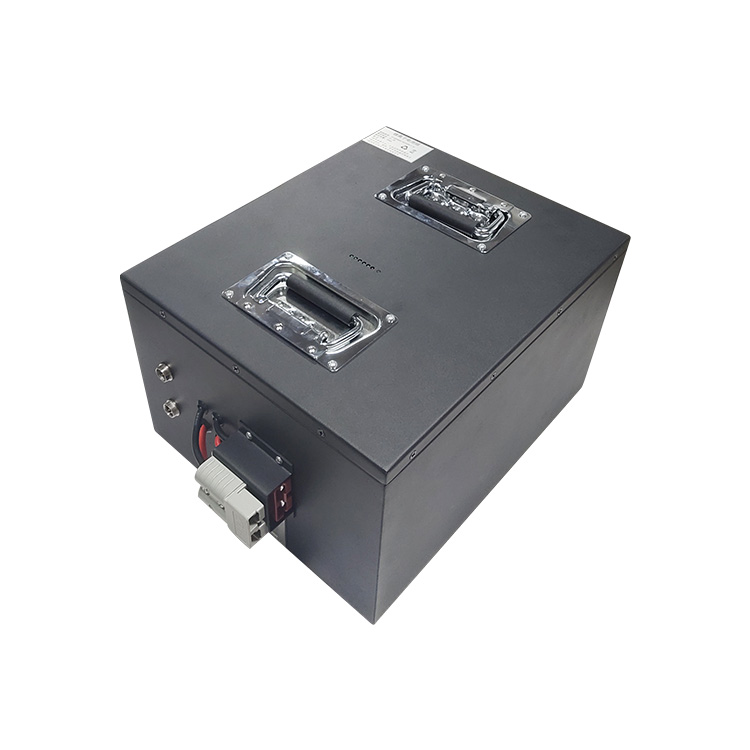


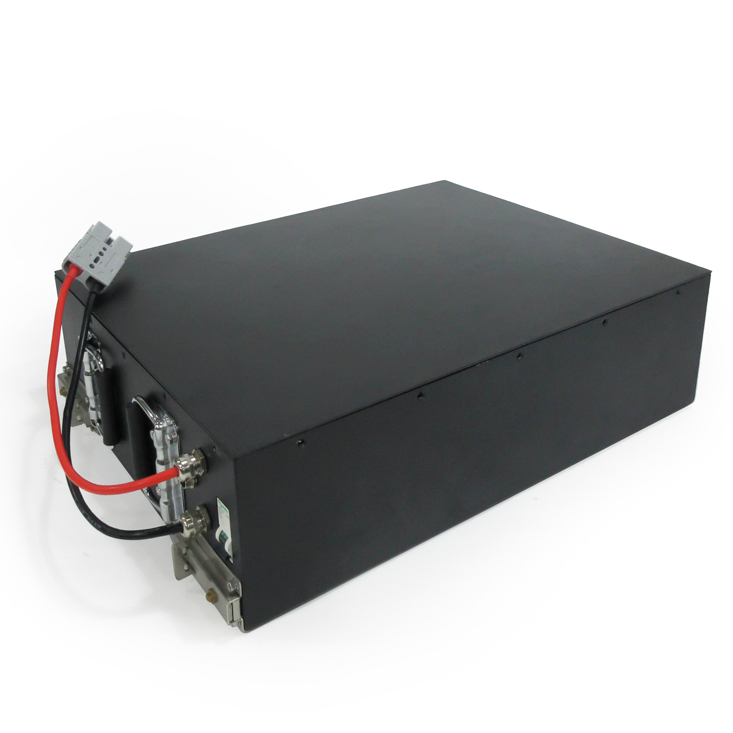

 Yue Gong Wang An Bei No. 4419002007491
Yue Gong Wang An Bei No. 4419002007491